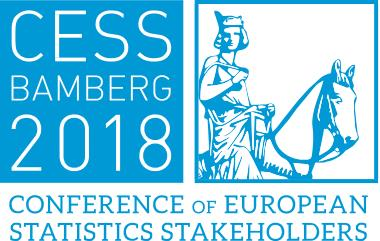A comprehensive framework to measure well-being was developed at Istat since 2010, in line with the Stiglitz, Sen, Fitoussi approach (1) and taking into consideration international experiences (2).
The framework’s acronym is BES: B as Benessere (well-being) that is considered in its multidimensional nature, E indicates Equo (equitable) for a specific attention to distributional aspect of well-being, S stands for Sostenibile (sustainable) as conditions needed to preserve at least the same level of well-being for next generations are taken into account.
It includes 12 domains, related both to material well-being and to other aspect of quality of life, each of them illustrated by means of about 130 indicators, are yearly produced and analyzed by Istat in a report that is now at its fifth edition (3).
Since the definition phase, the Bes framework had two main aims: to inform all stakeholders about the state and the evolution of well-being in Italy and its regions; to support the policy cycle in definition, monitoring and evaluation.
